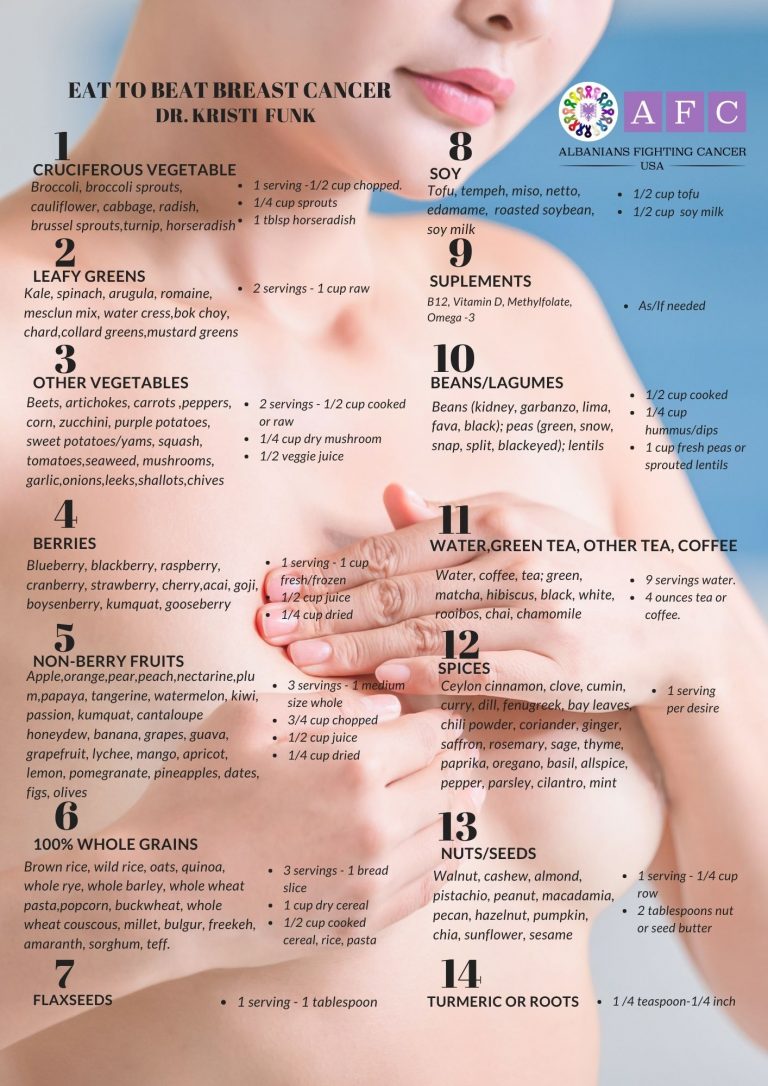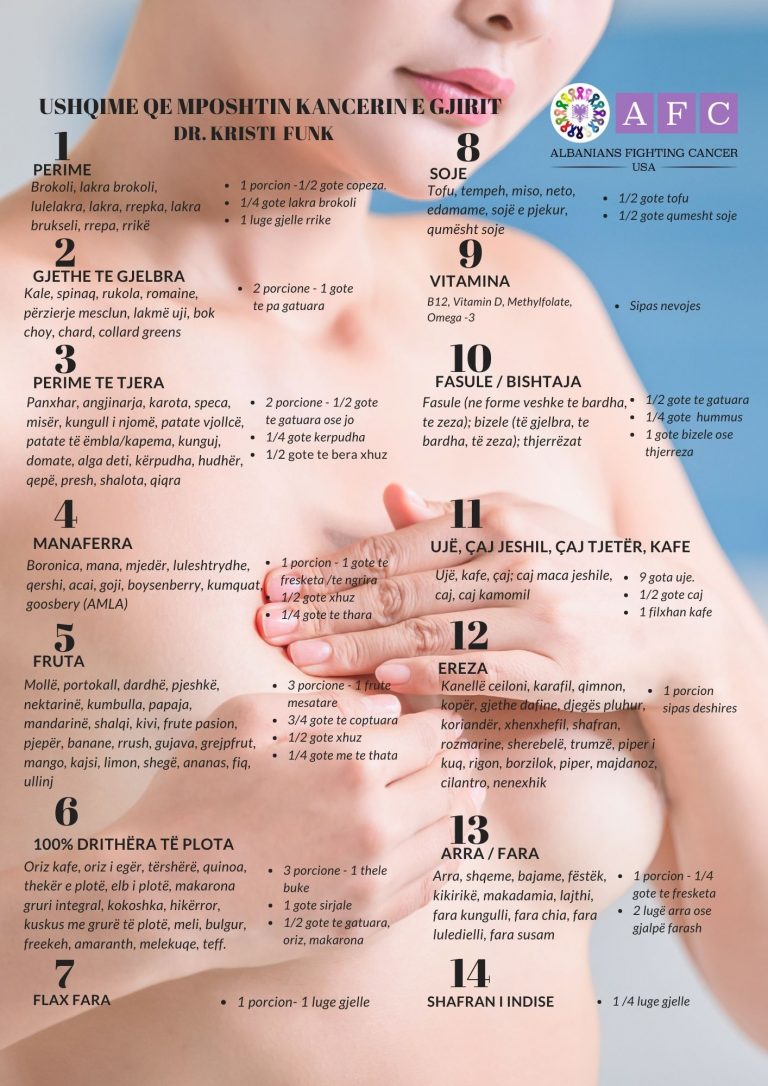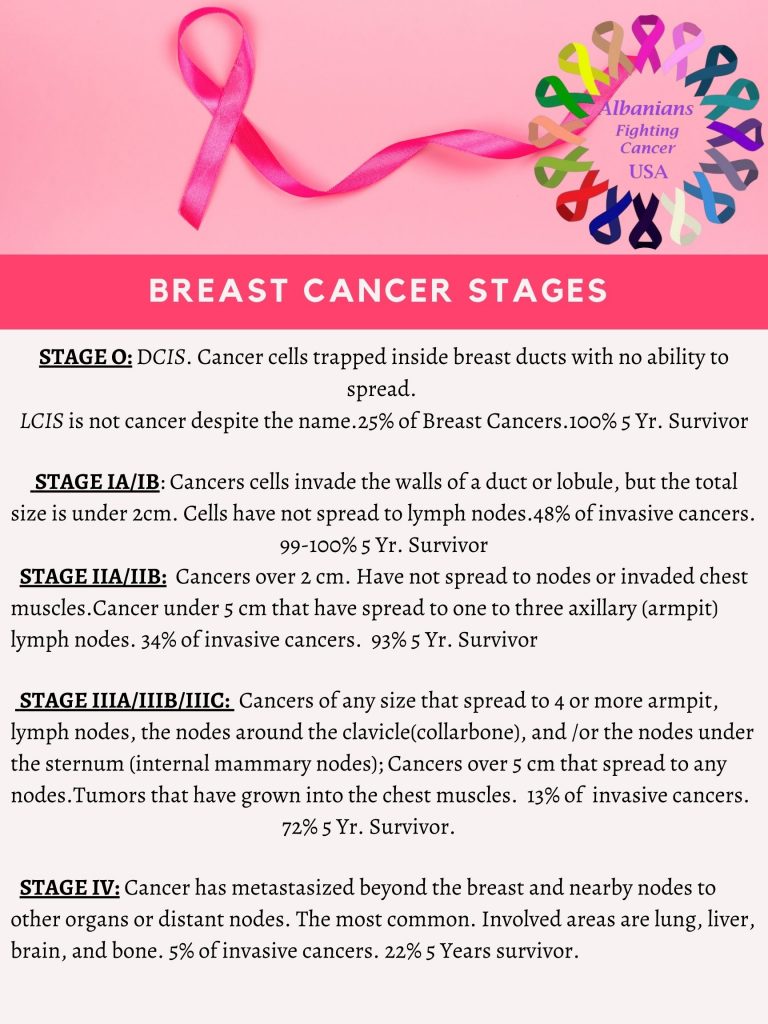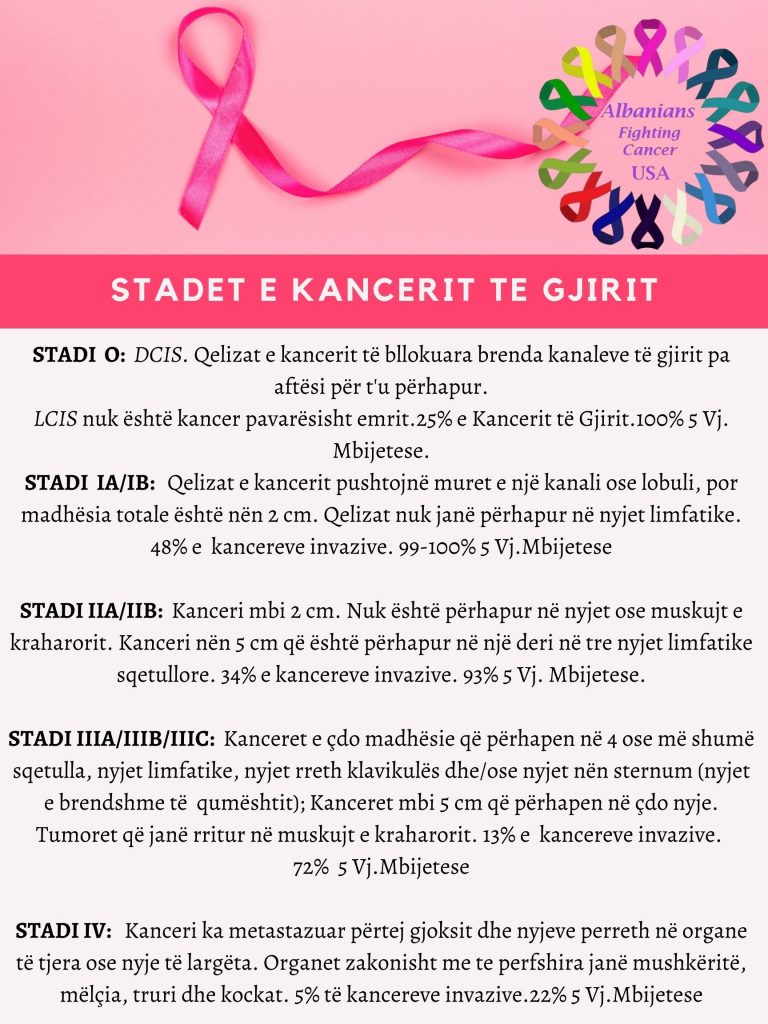These factors include: a personal or family history of breast or ovarian cancer, inherited mutations (genetic alterations) in breast cancer susceptibility genes (e.g., BRCA1 or BRCA2), high breast tissue density (the amount of glandular tissue relative to fatty tissue measured on a mammogram), high-dose radiation to the chest at a young age (e.g., for treatment of lymphoma).
These factors include: a long menstrual history (menstrual periods that start early and/or end late in life), not having children or having children after age 30, high natural levels of sex hormones, recent use of oral contraceptives.
The American Cancer Society recommends:mammography. Mammography is a low-dose x-ray procedure used to detect breast cancer at an early stage. For some women at high risk of breast cancer, annual magnetic resonance imaging (MRI) is recommended to accompany mammography, typically starting at age 30. For women at average risk of breast cancer, those 40 to 44 years of age have the option to begin annual mammography. Those 45 to 54 undergo annual mammography. Those 55 years of age and older may transition to biennial mammography or continue annual mammography. Women should continue mammography as long as overall health is good and life expectancy is 10 or more years.




